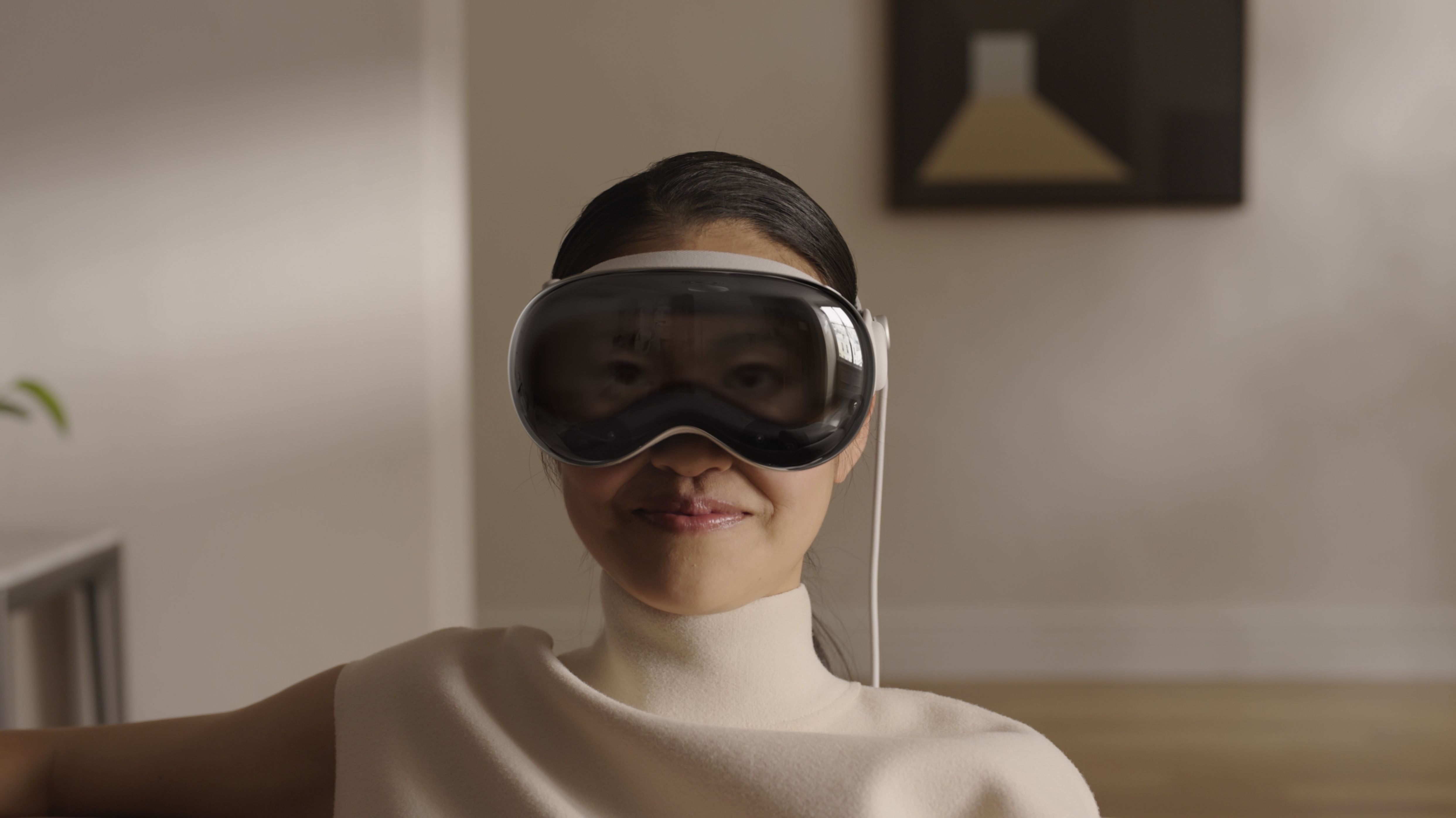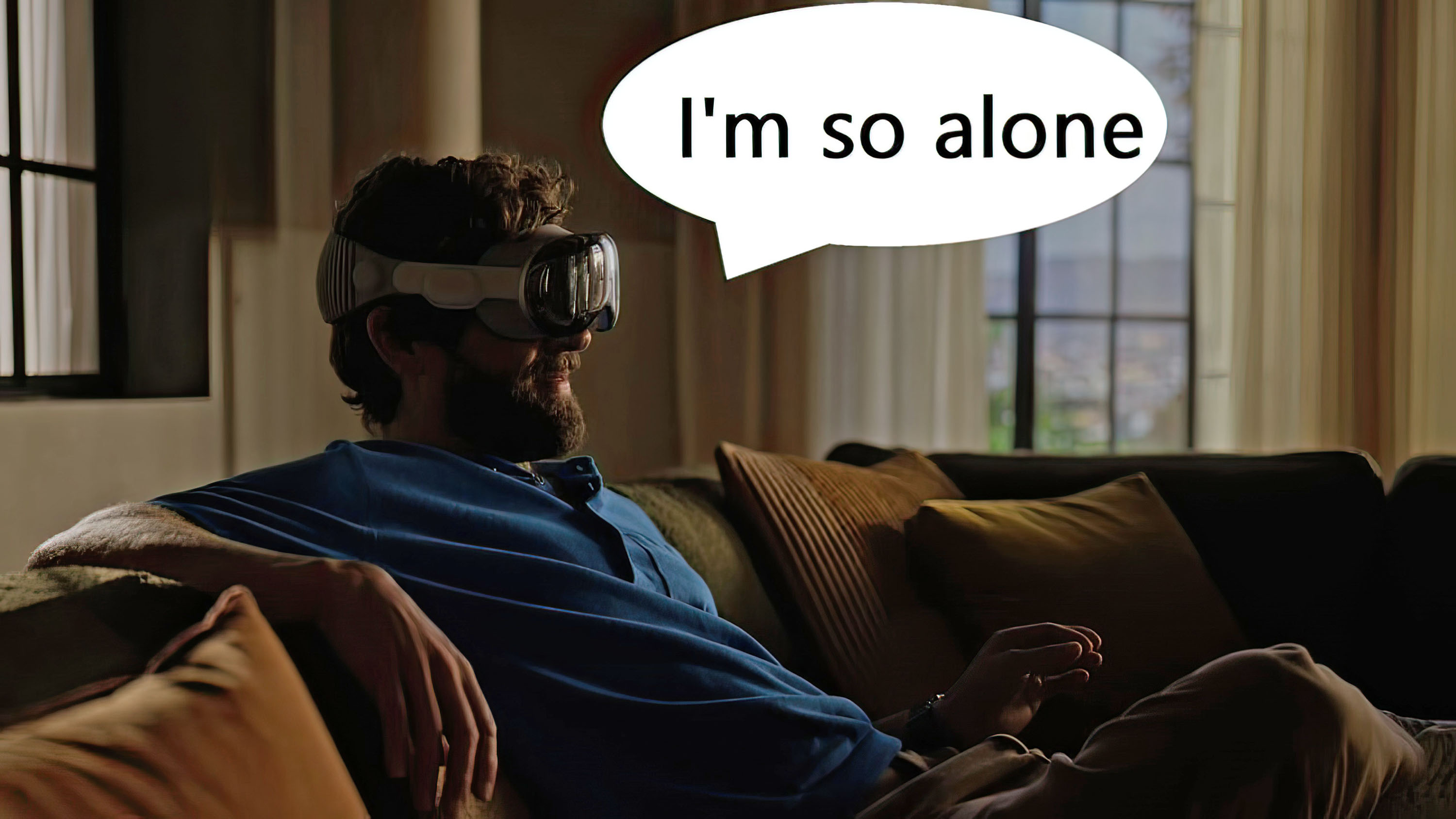
What you need to know
- Apple might not be able to ship one million Apple Vision Pro entries by early 2024.
- The Apple Vision Pro is a Mixed Reality headset similar to HoloLens, albeit fully opaque with inside-out cameras as opposed to HoloLens' transparent prismatic interface.
- The manufacturing process of the device is sophisticated and complex.
- The company is already working on later generations of the unit to provide users with an array of options to choose from, including a cheaper option.
A little over a month ago, Apple held its annual developer conference, WWDC 2023. A plethora of announcements were made during the event, including iOS 17, macOS 14, the new Mac Studio, the new MacBook Air, and more. Notably, the company also unveiled the Apple Vision Pro VR, which had been long rumored to be hitting the market soon.
The augmented reality headset is designed to enhance the visual experience for users while watching TV shows, playing games, movies, and more. During the event, Apple indicated it is working closely with the developers to ensure the headset ships early next year, starting in the US.
Rather than typical mobile computing technology used in most of these devices, the headsets will ship with a new form of computing dubbed "spatial computing." You'll be able to get your hands on one at $3,499.
And while we're still a few months, the entry has received both positive and negative feedback from users in equal measure. Granted, the market has shifted in the past couple of years. As such, it might be difficult to determine the adoption of this new technology prior to its official release.

And now, as spotted by the folks at Ars Technica, Apple might be unable to deliver on its one million Vision Pro shipments in early 2024 promise. It seems the company bit more than it can chew as it has now been forced to make significant adjustments to the production roadmap for the augmented reality headset.
The changes have been attributed to the entry's sophisticated design. This has also stunted the company's plans to develop a budget-friendly version of the entry.
Apple is set to use Luxshare, a Chinese contract manufacturer, to assemble the device in the initial stages. But according to sources familiar with their arrangement, the company is now getting ready to assemble less than 400,000 entries in 2024. This way below the initial 1 million mark.
The source further disclosed that Luxshare is Apple's only contact in charge of assembling the unit. The entry's components are unique, meaning only a few suppliers can access them. In this case, the source indicated that Apple is working closely with two China-based suppliers to acquire these components, but surprisingly the company only procured enough components for 130,000 to 150,000 units. If true, this clearly indicates that Apple won't be able to deliver on its initial promise.
Apple's Vision Pro's modern and stylish screen has been highlighted as one of the main reasons the company won't be able to meet its initial expectations. The device features two micro-OLED displays and a curved lenticular lens, both expensive and critical components of the device that will determine the project's success.
The source further disclosed Apple's concerns with the suppliers' productivity, particularly those in charge of manufacturing the micro-OLEDs. The display is the most expensive component in the entry, and Apple is working toward creating a unique and modern experience free from defects.
A lot of this is normal growing pains. This is the most complex consumer device anyone has ever made. Someone has to pay for that. I think Apple went into this with a lot of ‘bad yield’ built into the model. There is a lot of technology in the Vision Pro, and they knew it would take a while to scale up. Apple knows they won’t make money on this in the first year.
Jay Goldberg, D/D Advisors
It's not yet clear what Apple's move will be moving forward in a bid to expedite the manufacturing process of the entry, of course, without compromising on quality. Both Apple and Luxshare have declined to comment on the matter. We'll have to wait on the company's delivery early next year.
To this end, it's still impossible to determine the adoption rate for the entry with the steep price point and experience with similar entries, such as Microsoft's HoloLens, which has been on the receiving end of setbacks most recently.
In the interim, Apple has already touched base with Samsung and LG and is currently working on the production of later generations of the entry to promote affordability.







